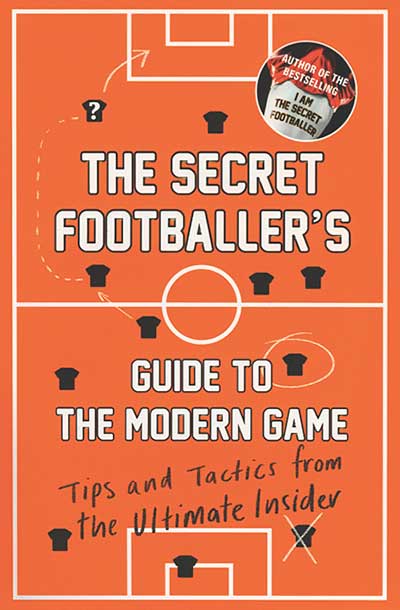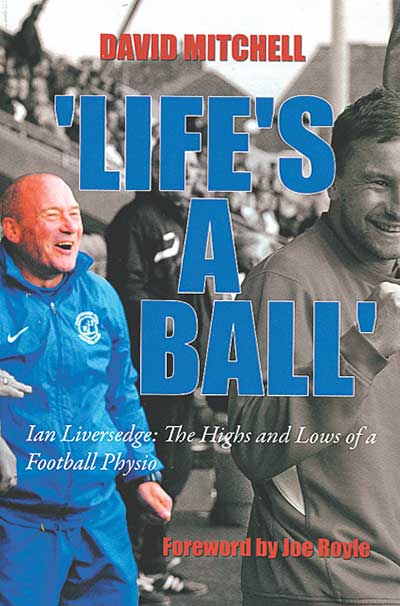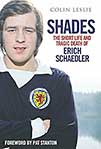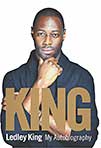 Tips and tactics from the ultimate insider
Tips and tactics from the ultimate insider
Guardian Books, £7.99
Reviewed by Roger Titford
From WSC 345 November 2015
We are in the era of 3G pitches and perhaps also 3G football biographies. In the beginning there were gentle offerings such as Goals Galore by Nat Lofthouse which told us who was there but not really how they did it. Then came the grittier school of Eamon Dunphy, Tony Cascarino, Gary Nelson et al who told us both who was there and what it was like, but not at an elevated level in the game and in a milieu that was light years away from today’s Premier League. And now we have the Secret Footballer – an artificial construct I would contend – who purports, credibly enough, to tell us what it’s like today at the top without naming many names.
This is the fourth in the Secret Footballer series or franchise, all allegedly by “the same author”. I have my doubts about that because, like many fans, I have tried to suss the identity from the clues left and hints dropped in previous books and come to the conclusion that the Secret Footballer is a composite character, a screen behind which several can hide. In this volume he even has a mate called the Secret Physio to tell us all about hamstrings and individual training programmes and another, the Secret Psycho, to offer a devastating tip on what to do if you are the fourth penalty taker in a shootout. With this formula the possibilities are as endless as the playing time on a 3G pitch.
Despite this confection I do find the Secret Footballer franchise interesting and valuable as an aid to understanding the environment in which the top players operate nowadays. This volume focuses on the aspects of fitness and playing, with chapters on psychology, formations, nutrition and equipment. Even the chapter entitled “Fashion in football” stays firmly on the pitch with a helpful analysis of the boom and bust in Claude Makélélé-alikes. The examples and arguments are current, covering the decline of 4-4-2 and the 50-50 tackle and a plausible, if mind-boggling, explanation of how Wayne Rooney’s wages are justifiable.
The writing is crisp, slick and businesslike without that edge of awfulness that belongs to the self-help business book genre, and is doubtless helped by the copywriting skills of Guardian Books. While the Secret Footballer is an experienced player I cannot see “him” retiring for a good while yet. Hunter Davies’s The Glory Game (1972) was a classic fly-on-the-wall look at the Spurs team of that era. The dressing-room chatter and the off-the-field personalities of the Premier League player today are more remote to me than that. The Secret Footballer could usefully provide another in the series that deals with all the personal, family, relationship, divorce, money, vendetta, foreign language, agent, commuting and social media pressures that the top player has to deal with – and a full list of what he actually spends all that money on.
 Ian Liversedge: the highs and lows of a football physio
Ian Liversedge: the highs and lows of a football physio The short life and tragic death of Erich Schaedler
The short life and tragic death of Erich Schaedler Ledley King: My autobiography
Ledley King: My autobiography